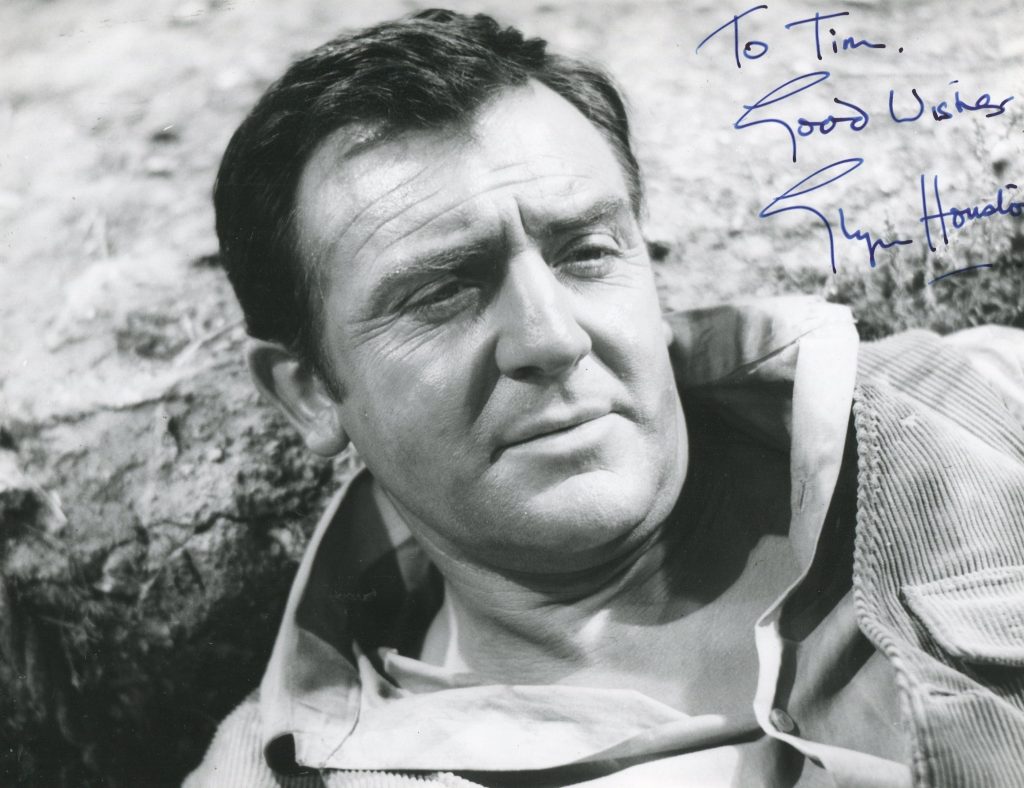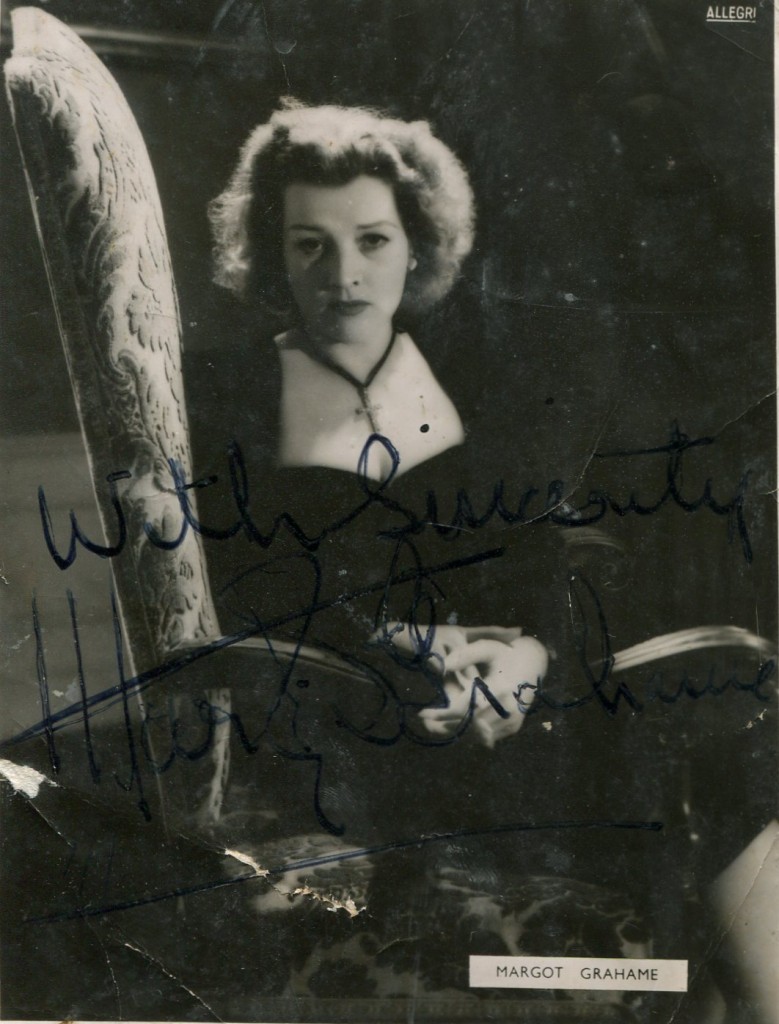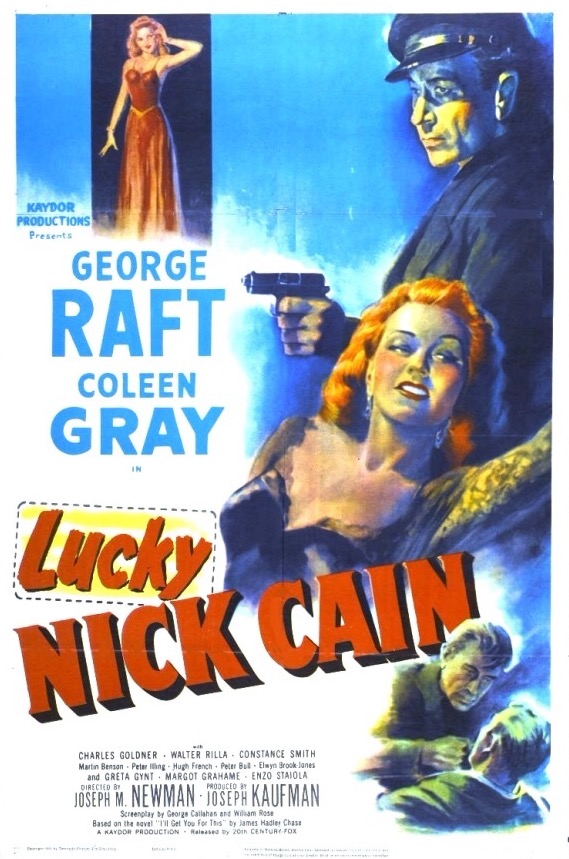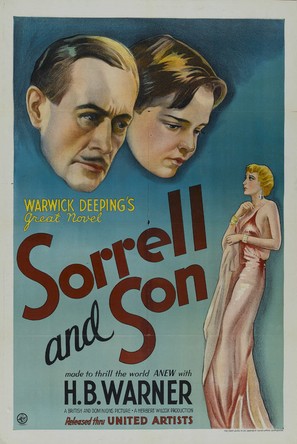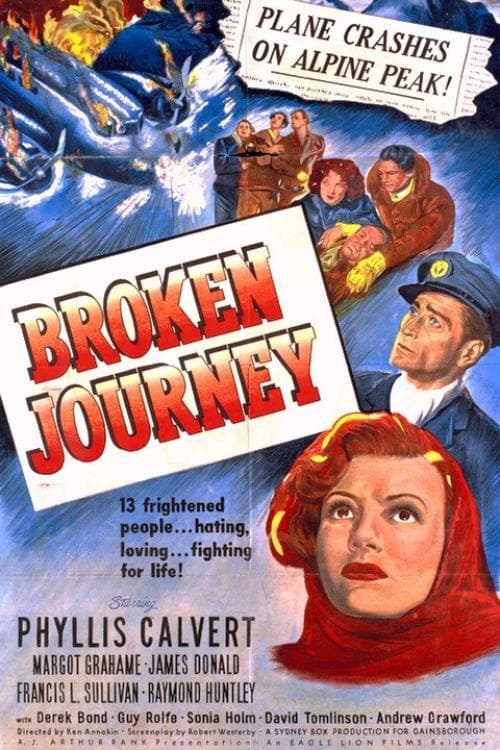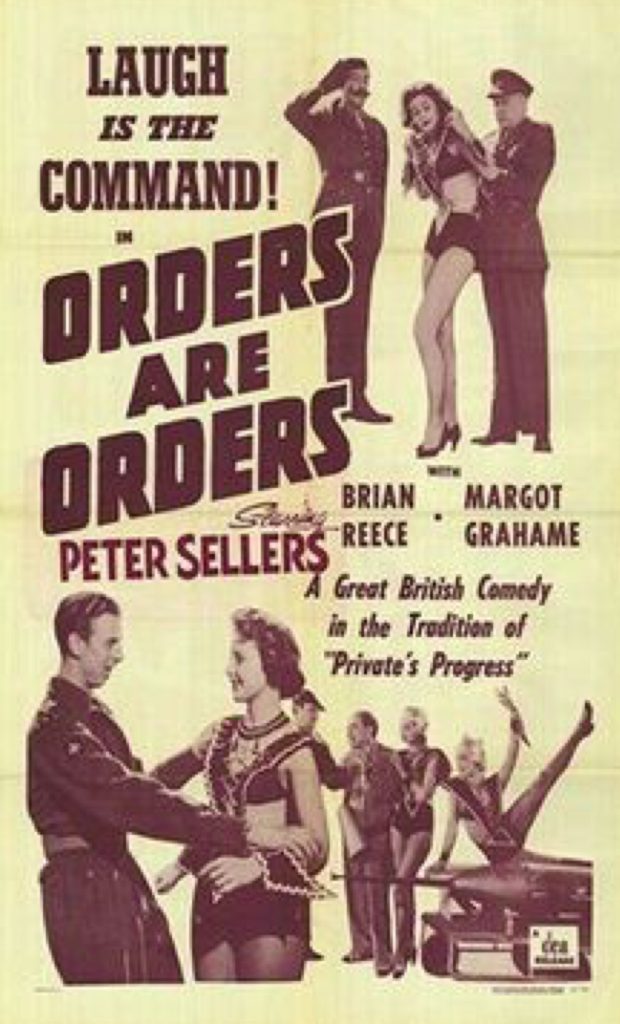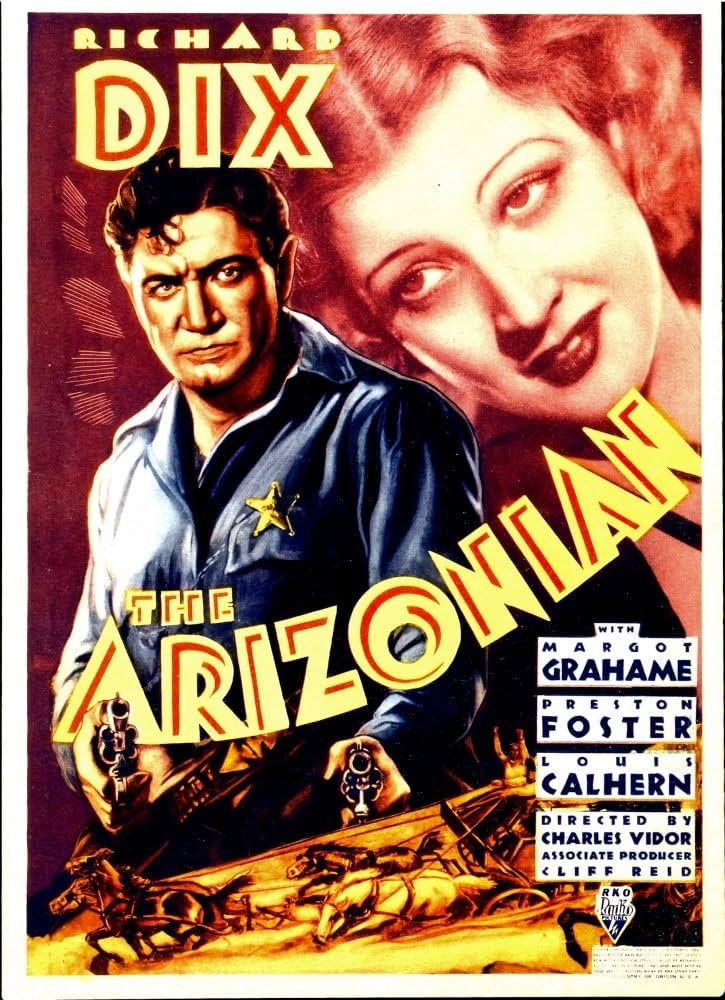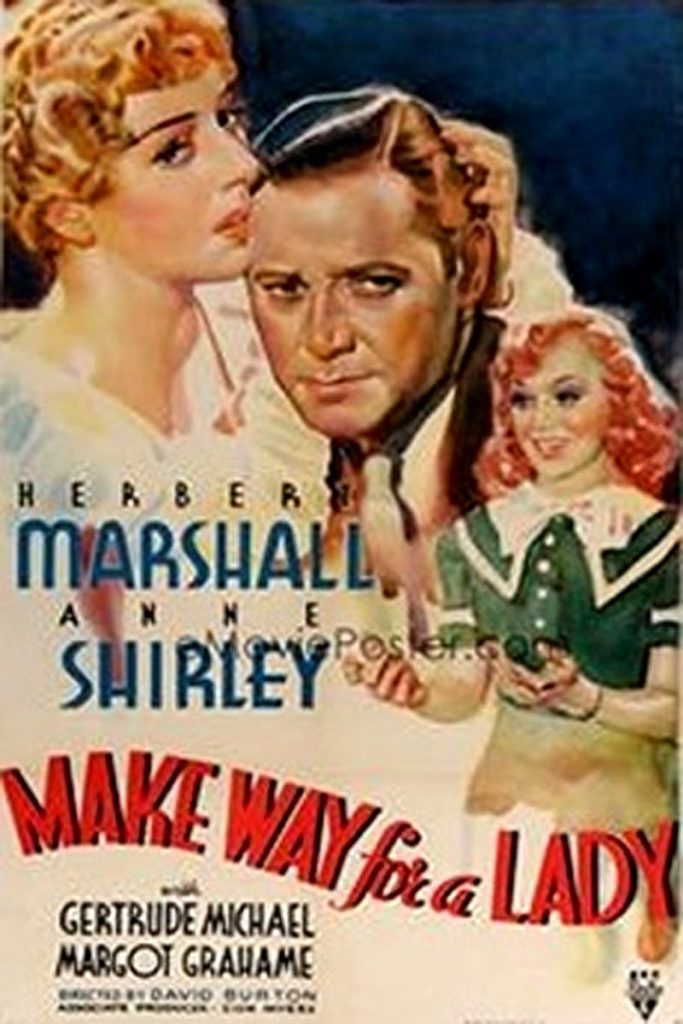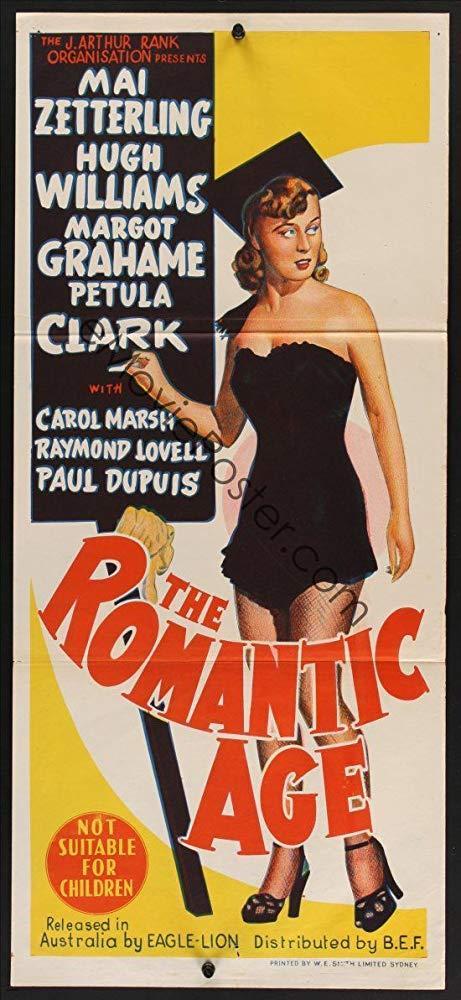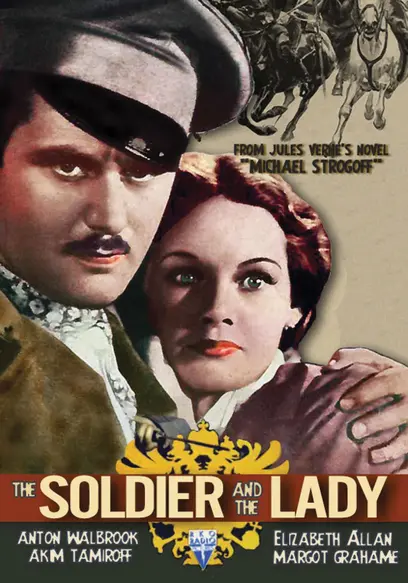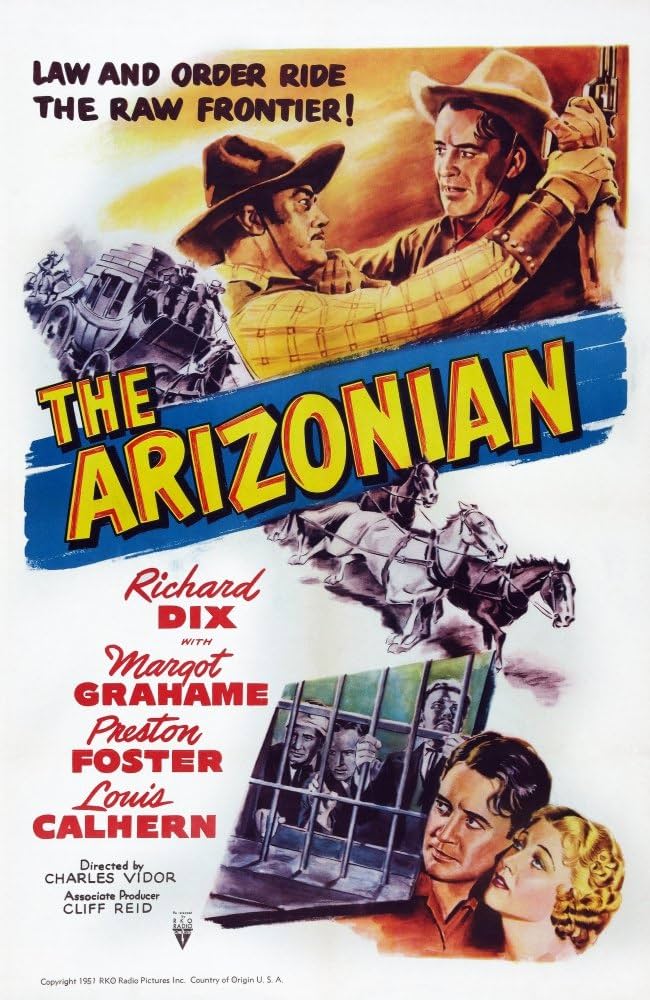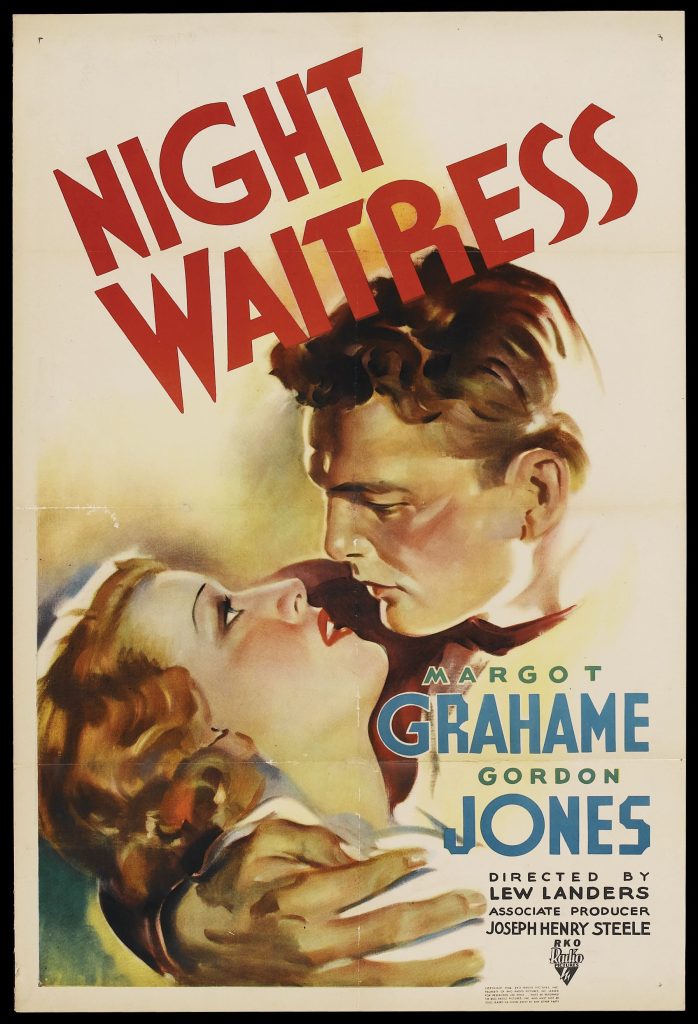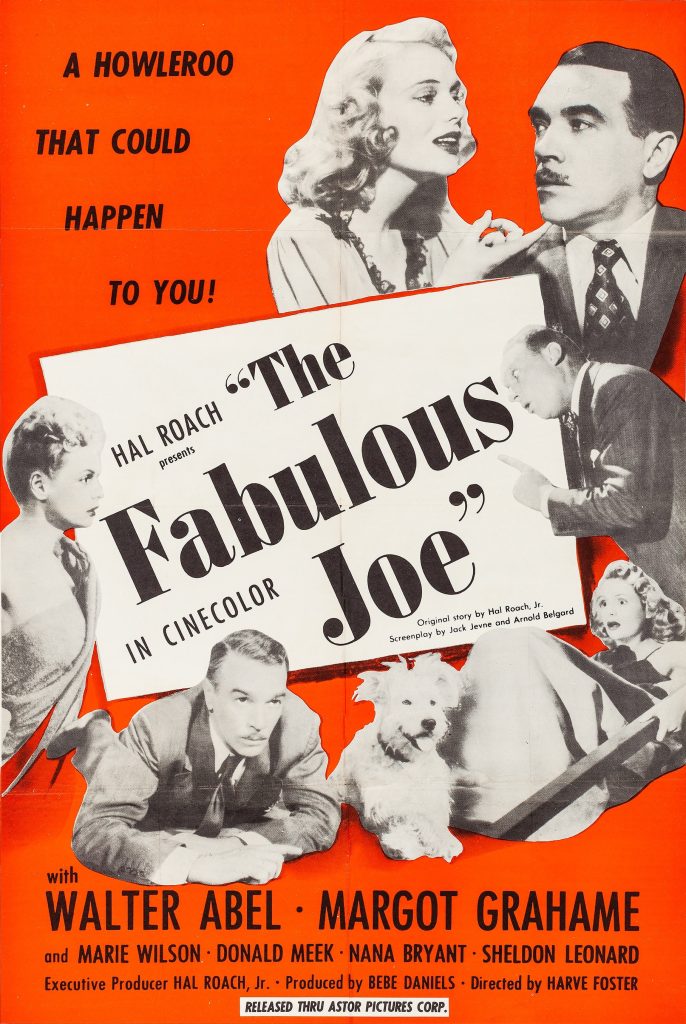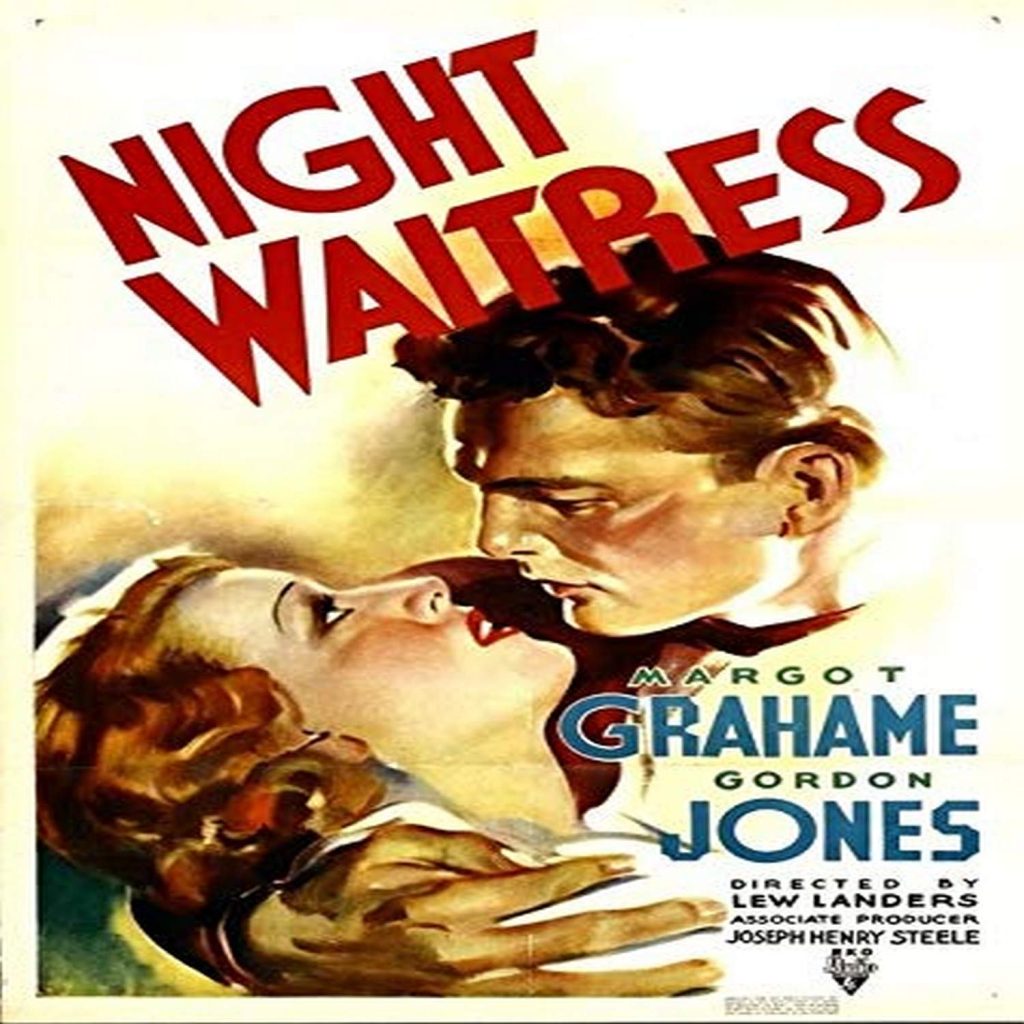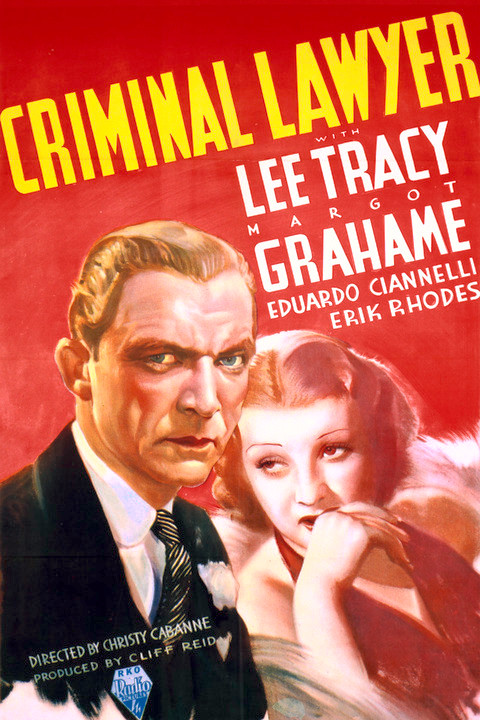
Veronica Hurst was born in 1931 in Malta. She starred in such British movies as “Laughter in Paradise” and went to Hollywood in 1953 to make “The Maze”. She did not stay in California but returned to the UK and featured in all the major TV drama series in the late 1950’s, the 1960’s and 1970’s.

Telegraph obituary in 2023:
Veronica Hurst obituary
Elegant actress who dated Peter Ustinov and made her film debut alongside Audrey Hepburn
Saturday November 19 2022, 12.01am GMT, The Times

When the teenage Veronica Hurst made her debut in the 1951 comedy Laughter in Paradise, the film’s Italian director Mario Zampi described her as “one of the greatest potential screen stars I have ever seen”.
It was some encomium given that Audrey Hepburn, who was also making one of her first professional appearances, did not get a mention in the director’s appraisal of his cast.
If Hurst never quite fulfilled her early promise and was soon overtaken by Hepburn, she enjoyed an enduring career as an elegant leading lady in a spate of film and television roles in the 1950s and 1960s.

Hurst with Rock Hudson at the Empire Theatre in Leicester Square, London, in 1952
When she won a scholarship to Rada aged 17, it seemed that the theatrical world was at her feet. Within a year she had been spotted by John Redway, casting director for the Associated British Picture Corporation, who curtailed her studies by offering her a seven-year contract at Elstree Studios at £2,500 a year (£100,000 at today’s value).
In many ways Laughter in Paradise now seems like a dated black-and-white period piece, although the film’s central premise, involving four people abjectly humiliating themselves for money, has a peculiarly contemporary resonance in the era of Big Brother and I’m a Celebrity . . . Get Me Out of Here!.
Among the quartet required to perform tasks contrary to their natures, in order to collect the money from an elderly relative’s will, were Alastair Sim and George Cole, both of whom became friends for life. Sim, in particular, became a mentor. “I was just a juvenile actress but he was wonderful to me,” Hurst said. “His entire family became great friends.”
Laughter in Paradise was a box-office hit and the fourth biggest-grossing British picture of the year, but Hurst’s own favourite film came the following year when she was cast in Angels One Five as a young woman working in the operations room of an RAF station during the summer of 1940. Starring Jack Hawkins and Michael Denison, the film took its title from an RAF radio call sign for a radar sighting at 15,000ft and was memorable as the first postwar film made about the Battle of Britain.

Hurst with Richard Carlson in The Maze (1953)
A third notable early appearance came in The Maze, a bizarre 1953 horror film that has since attracted a cult following for its pioneering use of 3D, involving two prints of the film being projected simultaneously and viewed by the audience through special glasses.
That same year she met her first husband, the American actor William Sylvester, on the set at Elstree where they were filming The Yellow Balloon. Set in the bomb-ravaged East End of London in the immediate aftermath of the Second World War, Sylvester played a killer on the run and Hurst an unsuspecting Sunday school teacher duped into helping him.
Sylvester, whose most famous appearance was to come in Stanley Kubrick’s 2001: A Space Odyssey (1968), was a decade older and already married to Sheila Sweet, a Rada graduate. He left her for Hurst and they married in 1955.
Although she acknowledged some happy years together, the marriage ended acrimoniously and in later life she came to regret the relationship. “He abandoned his wife to be with me,” she said in a 2019 interview. “Looking back, I think, ‘You should never have done that and upset that girl. You should have turned him down’. But he was so romantic and had such sex appeal.”

Hurst and Rock Hudson meet the Queen at the Royal Film Performance in Leicester Square, London, 1952
They divorced in 1964 and two years later she married Ian Fordyce, a television producer who worked closely with David Frost and went on to direct the 13-part series The Further Adventures of Oliver Twist. They divorced in 1974.
Both her ex-husbands predeceased her. She is survived by two sons from her first marriage, Mio Sylvester, a retired barrister, and Simon Sylvester, who lives in California; and by one son from her second marriage, Darrell Fordyce, a former soldier turned leadership development consultant. Another son, Reed, from her first marriage, died in a car accident at the age of six.
She was born Patricia Veronica Wilmshurst in Malta in 1931, the daughter of Alfred Wilmshurst, a sailor in the Royal Navy, and his wife, Esther. He later ran a pub in London, where Veronica grew up in Tooting. She was evacuated to Devon during the war.
Back in London she took evening classes and joined an amateur drama group. At Rada she was classmates with Joan Collins and for a while was Peter Ustinov’s girlfriend. She also made a pass at Rock Hudson when they shared a limousine to a screening on his first visit to Britain. It was only years later that she realised why she had been rebuffed.

Hurst in the 1970s TV series The Flaxton Boys
After time off while she started a family, her later films included the 1963 rock’n’roll cult picture Live It Up! in which she appeared alongside David Hemmings and the soon-to-be music stars Steve Marriott, co-founder of Small Faces, and Dave Clark, leader and drummer of the Dave Clark Five.
Two years later came the James Bond imitation film Licensed to Kill. Retitled The 2nd Best Secret Agent in the Whole Wide World on its release in America, Hurst starred as the love interest of the surrogate 007, played by Tom Adams.
As the 1960s went on, television came to provide most of her work, including appearances in The Troubleshooters, Coronation Street and Dixon of Dock Green. Into the 1970s she played the widowed Lady Jane Flaxton in Yorkshire Television’s historical drama The Flaxton Boys and appeared in the British version of General Hospital.
When film and TV work dried up in the 1980s she took to the stage, often appearing at the Wimbledon Theatre, and touring Canada with Leslie Phillips (obituary, November 8, 2022) and Andrew Sachs in a Ray Cooney farce.
An enthusiastic bridge player and a fine golfer who scored a hole in one at Roehampton and captained the ladies team of The Stage Golfing Society, Hurst spent her final years in the actors’ retirement home Denville Hall.
Veronica Hurst, actress, was born on November 11, 1931. She died on November 15, 2022, aged 91


